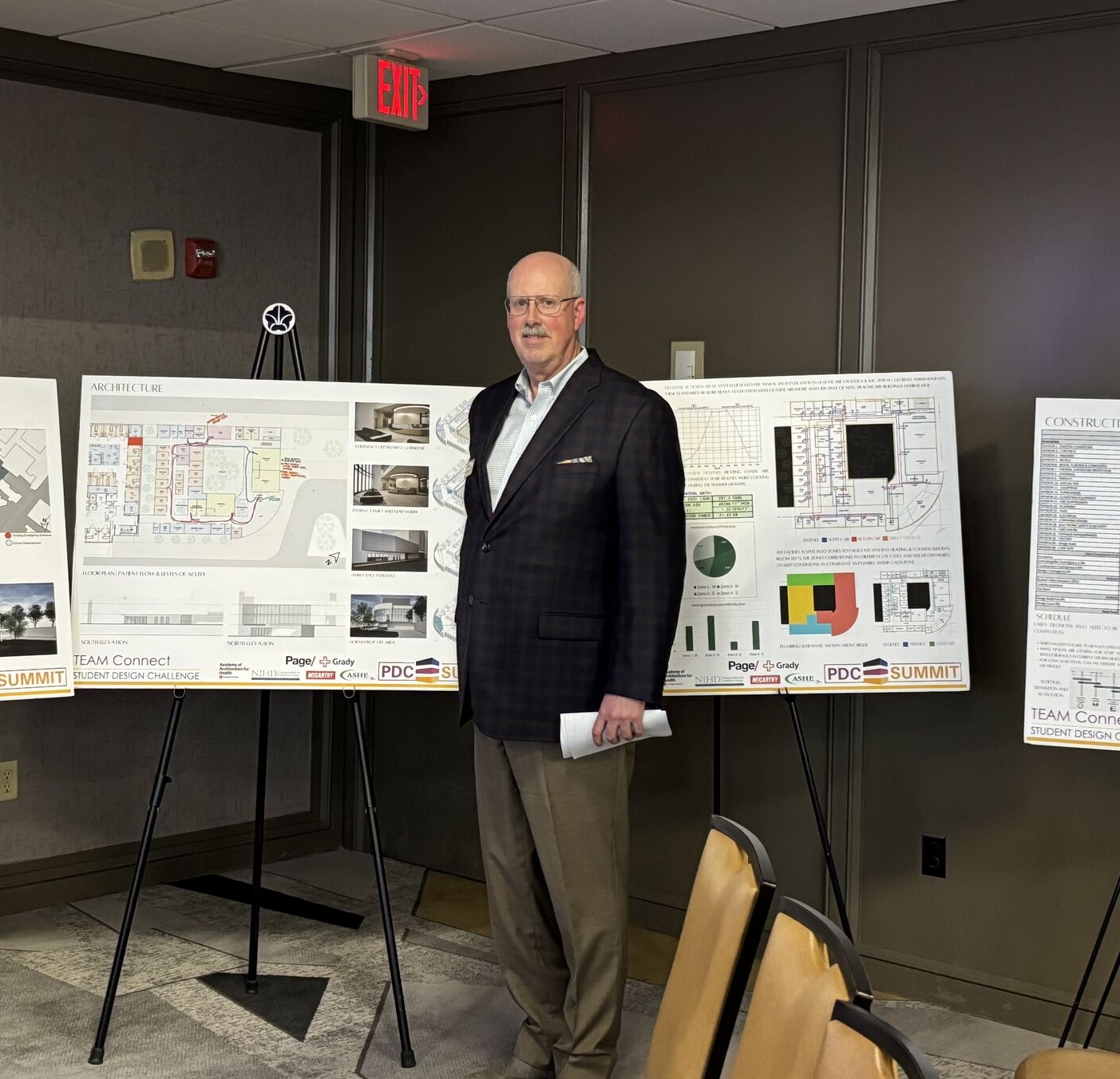"MacGyvering" — a term borrowed from the TV show “MacGyver,” refers to improvising
quick fixes using limited tools and resources.
Watch the full episode:
MacGyvering
MacGyvering has been a staple in
healthcare facilities management for years, if not decades. But it produces several
negative impacts on healthcare facilities management, especially when used as a long-
term approach rather than a temporary solution. According to Skanda Skandaverl and
Mike Hatton in the video “The Aging Crisis in Healthcare Facilities Management,” the
consequences of relying upon a MacGyvering approach include:
1. Masks Deeper Infrastructure Problems: MacGyvering often patches symptoms, not
root causes. This delays needed capital investments and allows small issues to evolve
into system-wide failures.
2. Creates Safety and Compliance Risk: Workarounds may not meet regulatory
standards, especially in life safety systems, HVAC, or electrical. Improvised fixes can
introduce code violations or even patient safety hazards, putting the hospital at risk
during inspections.
3. Inhibits Knowledge Transfer: Longtime facility staff often “MacGyver” solutions based
on personal knowledge. These fixes are undocumented, which prevents institutional
knowledge from being passed on to younger or incoming employees.
4. Normalizes Subpar Practices: When MacGyvering becomes the norm, it erodes a
culture of preventive maintenance and best practices. Over time, this creates an
acceptance of band aiding to“just make it work” rather than pursuing long-term, code-
compliant solutions.
5. Increases Long-Term Costs: Short-term fixes may seem cheaper, but they often lead
to costlier repairs or replacements down the line. They can also lead to unexpected
failures, resulting in downtime, emergency expenses, and operational disruption.
MacGyvering is not a sustainable strategy for managing critical healthcare
infrastructure. Skanda and Mike argue that the field must move toward strategic
planning, modern tools, and skilled workforce development to replace MacGyver’s
culture of improvisation, which worked on television.
Conclusion
We have known of and talked about an impending grey tsunami of retirements from
healthcare facilities management for years. Discussing the tsunami without taking action
is one of the reasons we created the Healthcare Facilities Network: To publicize the
opportunity. We are now in the middle of that tsunami, and the wave shows no signs of
receding any time soon. The Aging Crisis is expanding, not constricting. And
MacGyvering as an industry practice must end.
Listen to the full episode:
=================================
Disclaimer: We do not accept any liability for any loss or damage which is incurred by you acting or not acting as a result of listening to any of our publications. For all videos on my channel: This information is for general & educational purposes only. Always consult with an attorney, CPA, or financial professional for advice based on your specific situation. Copyright Disclaimer: Under Section 107 of the Copyright Act 1976, allowance is made for "fair use" for purposes such as criticism, comment, news reporting, teaching, scholarship, and research. Fair use is a use permitted by copyright statute that might otherwise be infringing. Non-profit, educational, or personal use tips the balance in favor of fair use © Healthcare Facilities Network.
📬 For Business Inquiries: pmartin@cref.com






